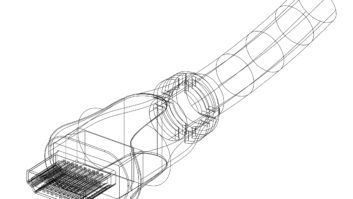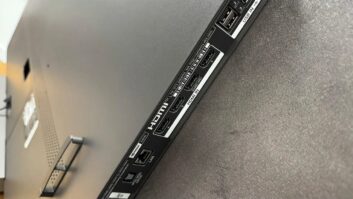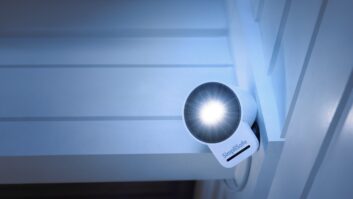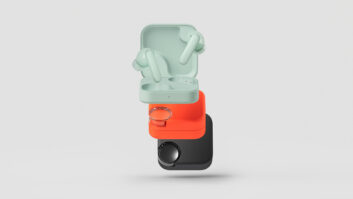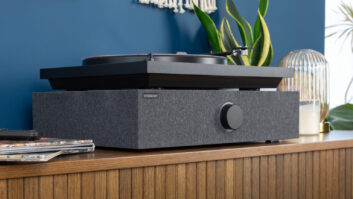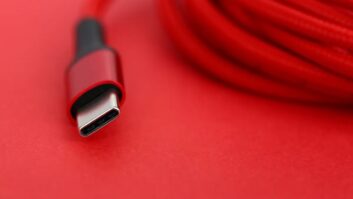
OTC hearing aids are not exactly sexy products. The customer base is anything other than trendy youth, and the sales incentive is more reluctant need than desire fulfillment. But just how potentially lucrative is the OTC hearing aid market?
In terms of customers, an estimated 30-35 million Americans suffer from mild to moderate hearing loss, including an increasingly large chunk of the aging baby boomer generation. In terms of dollars, according to Fortune Business Insights, U.S. hearing aid sales revenue reached nearly $4 billion in 2022 and is expected to grow to more than $7 billion by 2030.
According to hearing aid maker Lexie Hearing, OTC models have accounted for 10% of hearing aids sales in just their first year of availability. The company told us that 94% of its customers are first-time hearing aid users and are nine years younger than the typical hearing aid wearer, all of which portends plenty of potential sales growth.
An older, more well-heeled market with a defined need for a premium product with high margins requiring in-person sales hand-holding, would seem to present a prime consumer technology retailer opportunity.
In Part 1 of this story, we addressed defined OTC hearing aids. In Part 2, we’ll discuss practical marketplace considerations.
The Vendors
A handful of hearing aid makers dominate the prescriptive hearing aid world, many of which have partnered with familiar consumer technology brands to produce new OTC hearing aid products, including Sony with WS Audiology, Bose with Lexie Hearing, Sennheiser with Sonova, and Jabra is actually owned by hearing aid maker GN Hearing.
In most first-generation OTC hearing aids produced by these partnerships, it seems the hearing aid company has primarily controlled product development, which has resulted in some less-than-consumer-friendly results. Vendors TWICE has spoken to have indicated some of the less-than-consumer-centric product flaws will be addressed in second-generation models.
Many traditional hearing aid companies desire to maintain their relationships with audiologist vendors, which has resulted in a “hybrid” sales model in which an audiologist visit, virtual or in person, needed or (usually) not, remains part of the OTC hearing aid purchase package.
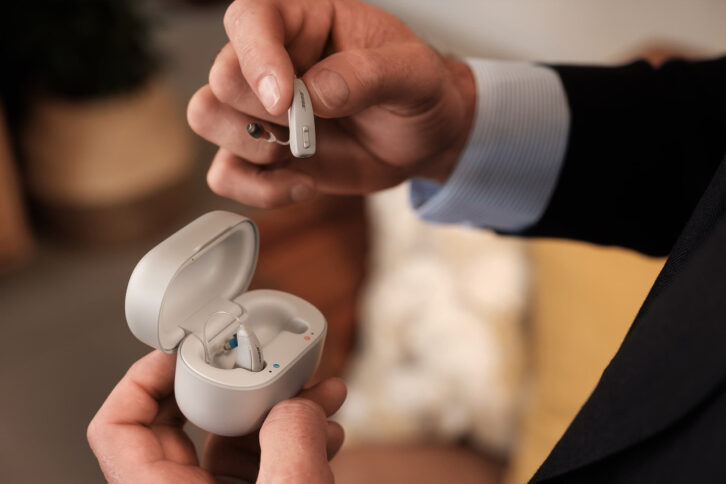
Labeling
Perhaps the biggest confusion retailers and consumers face in the OTC hearing aid marketplace is labeling. There is a confusing array of FDA code and certification appellations, and there are no FDA regulations concerning how these codes and certifications should be listed on a package – or if any are listed at all. As a result, packages that lack FDA certification information may, or may not, have FDA certification.
Worse, the FDA has no OTC hearing aid labeling enforcement mechanism. The agency has left labeling policing to the industry, not exactly effective. There has been some effort within the industry and CTA to create a more standardized – and possibly more enforceable – labeling standard, vendors are free to plaster their products with all manner of claims, including FDA “approval,” which is not a thing.
Price
One issue remains price. While most OTC hearing models cost only a fraction of their prescriptive alternatives, “the traditional hearing aid manufacturers that have already entered the OTC market have deliberately priced the aids over the $1,000 mark,” remarks Justin Miller, Nuheara co-founder and group CEO. “We don’t view this as sustainable.” Miller believes sub-$500 is the eventual OTC hearing aid sweet spot.
But unlike other consumer technology gear, OTC hearing aids are, as of 2024, eligible for hearing benefits under many healthcare insurance plans. United Healthcare, for instance, offers coverage of OTC hearing aids in its Medicare Advantage and employer plans. In addition, many OTC hearing aids are FSA/HSA eligible.
Retailer Opportunities
Selling OTC hearing aids does require a new understanding of the product and the customer compared to more traditional consumer electronics.
New retailers “should work closely with their hearing care brands to understand the unique purchase journey for a hearing aid customer and provide an in-store experience that will lead to mutual success,” advises Brian Maguire, SVP and Head of North America for Lexie Hearing. “With the right partner, you can take a test-and-learn approach to validate and optimize that experience. Hearing aids take time to acclimate and it’s a highly considered purchase that involves not only a great product and sale experience but also good post-sale support.”
“Consumers need to see the category everywhere they shop,” adds Miller. “This helps to educate the market that these products exist. As manufacturers, we can then have some confidence in increasing marketing spend to help drive sales.”





